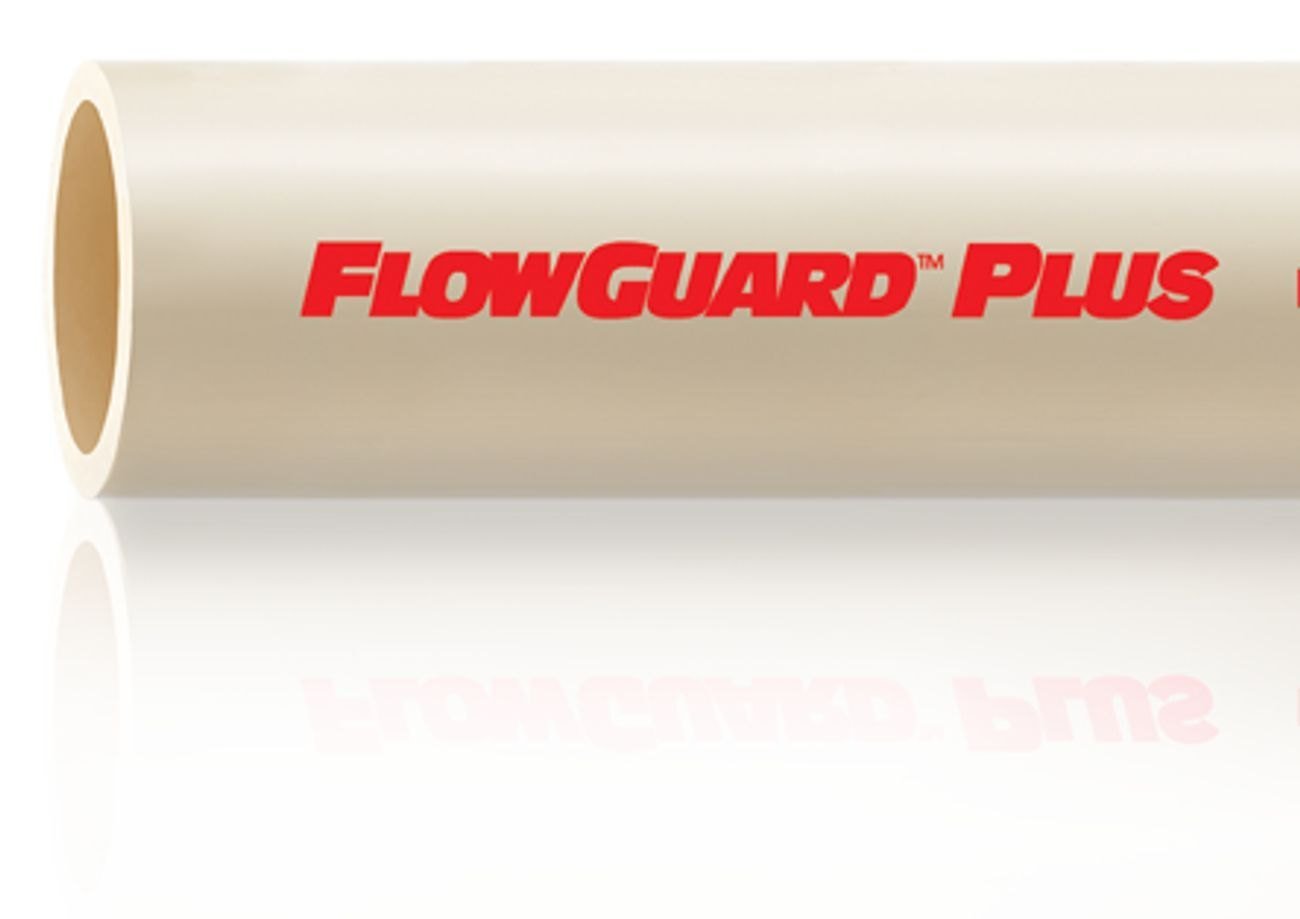
7 Problems That Can Lead to CPVC Pipes Failing
CPVC is an abbreviation for chlorinated polyvinyl chloride, a thermoplastic that makes the pipe more flexible and resistant to higher temperatures in comparison to standard PVC pipes. CPVC pipes have been popularly used in both hot and cold-water systems as they are easy to install, corrosion-resistant, and have a relatively low failure rate. However, CPVC pipe failure has increased over time, with the primary reasons being incompatible chemical contamination, followed by poor installation practices, inconsistent raw material usage, and handling issues.
Despite the continuous efforts in mechanical engineering and technology, a perfect plumbing system will always be a far-fetched idea. CPVC plumbing issues can lead to system defects, underperforming water supply lines, and possible home damage. However, just a brief overview of CPVC piping issues is not enough. Read below to learn the seven problems that can lead to CPVC pipe failure in detail:
1. Thermal Expansion
Plumbing systems face fluctuations in temperature, which leads to expansion in materials. The longer the piping will run, the more susceptible it is to compressive stress. When installing any type of plumbing pipe, you must remember to install them with provisions for thermal expansion and contraction, which is a naturally occurring process in hot water lines.
FlowGuard Plus CPVC plumbing pipes can be strategically installed to move within a safe degree of freedom in the water distribution systems. They can be installed without resulting in damage. To maintain optimal performance and eliminate the risk of CPVC issues and possible pipe failure, it is essential to incorporate expansion loops, expansion offsets, or deflection mechanisms during installation.
2. Incompatibility of Plumbing Pipes
Contact with incompatible chemicals from the inside and outside can cause possible CPVC plumbing issues. FlowGuard Plus CPVC pipes are, however, compatible with some common ancillary materials, which are sometimes necessary to include.
CPVC pipes can be seamlessly integrated into copper or galvanised steel pipes. It needs to be handled with caution, and only particularly approved compatible materials such as solvents, adhesives, hangers, and paints should be used. If your FlowGuard Plus CPVC system requires integration with non-CPVC materials, it is strongly advised to consult the FBC System Compatible Program to avoid any future CPVC issues.
3. Cracks Reforming in Plumbing Pipes
Not handling CPVC repairs properly can lead to defects in the plumbing system in the same location as before, which further necessitates repeating the process and continuing to incur costs. When repairing old or cracked CPVC pipe, you must always make a clean square cut to maximise the surface area for a new solvent cement bond. Furthermore, you must know that any residual water, sand, or paint near the plumbing material may obstruct the welding process. When re-cutting the pipe, make sure to cut at least 2 inches beyond the crack's formation. This will help ensure a perfectly square pipe end for each new CPVC fitting.
4. Failed Application of Solvent Cement
Hot outdoor climates, such as those found in India, can affect the installation process of the FlowGuard Plus CPVC. Solvent cement dries faster in hot temperatures thus speeding up the process. Additionally, it also helps save time and costs. Having said that, the installers must also make sure that the preparation is done fast enough to avoid any glitches with the solvent cement and to ensure that the job is successfully completed. You must make sure that pipes and fittings are joined while the solvent cement is still wet. It is best to do this in cooler temperatures to give yourself more time. If the solvent cement dries before the joints are formed, the affected pipe and/or fitting may have to be removed and discarded thus requiring the process to be restarted. Remember that a molecular bond between pipes will not be formed by dry solvent cement.
5. Untrained Plumbers
We are all aware that efficient installation of CPVC plumbing systems has helped save time and money for the past few decades. But this is only applicable if the system is installed accurately, which makes it crucial for you to choose trained installers. This is why we provide plumbing professionals with year-round access to training resources and technical support on the FlowGuard Plus App to help them get the most out of FlowGuard Plus CPVC plumbing system without encountering any performance or safety issues mentioned above.
6. Incorrect Maintenance
CPVC pipes are known for their low maintenance requirements, making them a perfect choice for a wide range of applications. However durable and low maintenance they may be, it is always an ideal choice to keep an eye on any plausible issues. You can do this with regular inspections and looking for any signs of wear or damage. This will help you address issues at an early stage. Looking for signs of leaks such as water stains, dampness, and water droplets can best help in preventing water damage. Even though CPVC is highly corrosion and chemical-resistant, it would be your best bet to keep the surface clean and avoid the use of aggressive solvents that might hamper the material quality.
7. Plumbing System Design Issues
When designing a plumbing system, it is essential to prioritize efficiency, durability, and ease of maintenance. Proper material selection, such as CPVC for its corrosion resistance, and thoughtful layout to ensure smooth water flow and accessibility for repairs, are key considerations.
These are a few things that can trigger CPVC pipe failure so keep these things in mind when installing a CPVC pipe plumbing system. Browse through our website to discover everything from A to Z about CPVC pipes in detail.

Prasenjit Misra
Prasenjit Misra, an accomplished professional, having extensive exposure in plumbing field, currently holds the position of Lead Demand Creation & Business Development of TempRite South Asia division at Lubrizol India.
